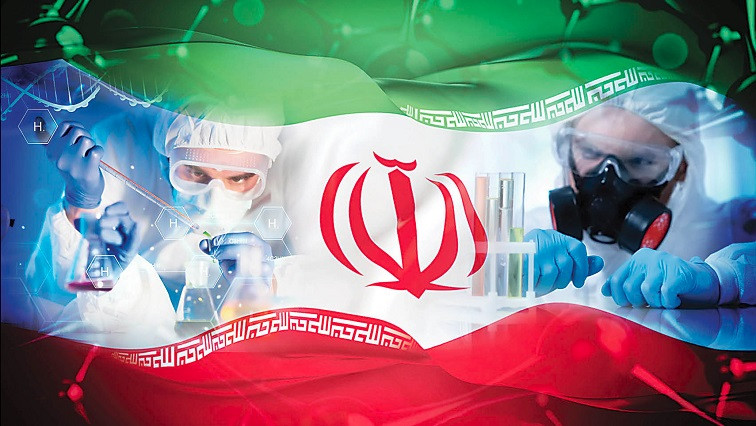Since 2018, in the wake of Iran's advances in nanotechnology, a series of operations to formulate a new nanotechnology development plan has been launched at the INIC. In this regard, a series of surveys and studies were conducted to monitor the international environment of nanotechnology development and the technological ecosystem of this technology in Iran, and by evaluating the developmental path of nanotechnology over the past decade and identifying the opportunities and harms ahead, new approaches and plans were adopted. Based on the analyses, a national plan for the development of Iran's nanoscience and technology until the 2033 horizon was drawn up. The plan was reviewed in numerous expert meetings with technology and innovation experts.
In this plan, new goals focusing on "Iran’s leadership on scientific and technological frontiers", "developing a connection between academia and the industry", "industrialization", "more sustainable development of nanotechnology in priority industries", "entry of nano products into global markets" and "promoting the role of this technology in people's lives” are highlighted.
Consequently, by the year 2033, nanotechnology in Iran should contribute favorably to the quality of life through affecting economic growth and the generation of wealth. This year, Iran has continued to move towards establishing itself as a leading authority in science and nanotechnology by producing products with high added value based on innovative technologies while maintaining a presence on foreign markets; these accomplishments will have a significant impact on the country's global standing and power.
One of the primary goals of this plan is to advance Iran's scientific and technological dominance in the field of nanotechnology. In addition to boosting the publication of high quality articles in Q1 journals, Iran's existing position in nanotechnology publications (fourth) will be maintained. In addition, the number of products being regarded as world-class innovations will reach 45 by the conclusion of the aforementioned time frame. To achieve the objective of increasing the effectiveness of nanotechnologies in the production of wealth and the presence of Iranian nanoproducts on regional and global markets, the annual growth rate of Iranian nanoproducts is intended to be set to a minimum of 30 percent higher than the country's official inflation rate. And by 2033, at least 25 percent of Iran's nano market should be comprised of exports of nano products.
The National Nanoscience and Nanotechnology Development plan contains an introduction and eight separate articles. Article one addresses the definition of essential terms, while Article two addresses principles and ideals. Vision, goals, and related macro evaluation indicators comprise Article three. Article four outlines the main industrial sectors and unique missions associated with them in favor of promoting the socioeconomic effects of nanotechnology.
Accordingly, water and environment, energy, agriculture, health, and construction have been chosen as priority areas in nanotechnology. Among these special missions are the provision of potable water and healthy agriculture, the purification of domestic and industrial wastewater using nanotechnology, the reduction of air pollution and improvement of the health of the marine environment using nanotechnology, and the development of the value chain for advanced batteries and next generation nanostructured solar cells. Mentioned were the industrial production of nano-medicines, nano-supplements, and nano-biosensors as well as the creation of nano-coatings resistant to corrosion. Article five mentions strategies, national actions, and evaluation indicators for strategies and activities.
On this basis, seven national strategies in the areas of 1- promotion of awareness of Nanotechnology to promote stakeholders’ engagement, 2- improving scientific quality and fostering competent human capital in response to future demands, 3- boosting the effectiveness of innovative nanotechnologies, 4- enhancing the knowledge foundation of the current nanotechnology-based enterprises, 5- development and management of the national, regional, and international nanoproduct market, 6- development of national and international standards and regulations pertaining to the quality and safety of nanomaterials, and 7- growth of international collaboration and exchanges.
Furthermore, 23 national actions and 27 evaluation indicators are included under these strategies. Article six addresses executive managerial, and oversight structure, while Article seven addresses the plan’s funding.


